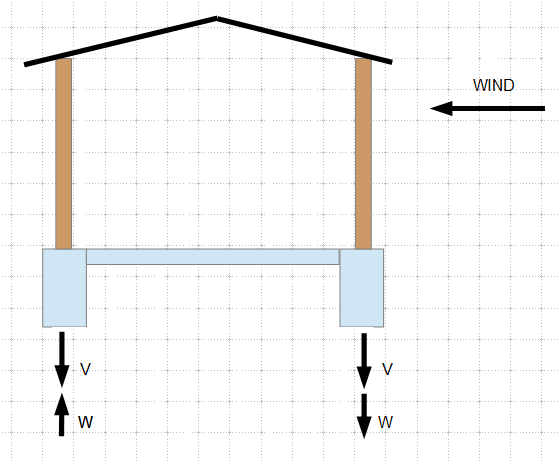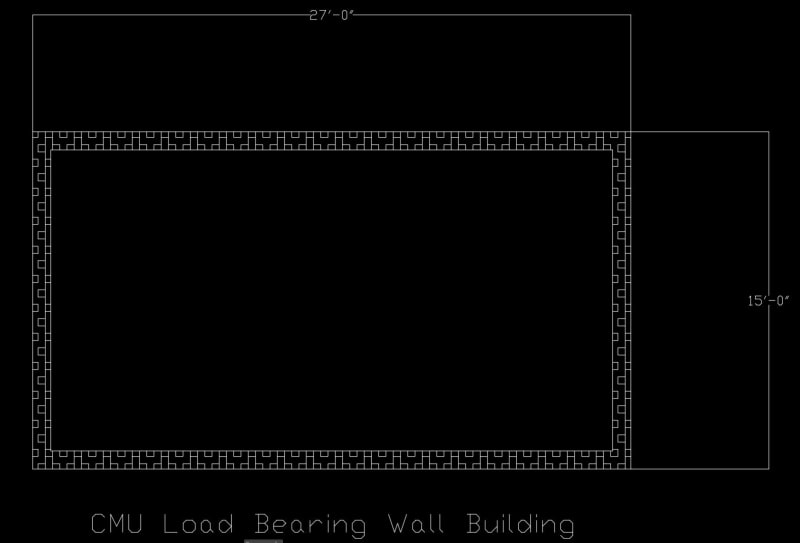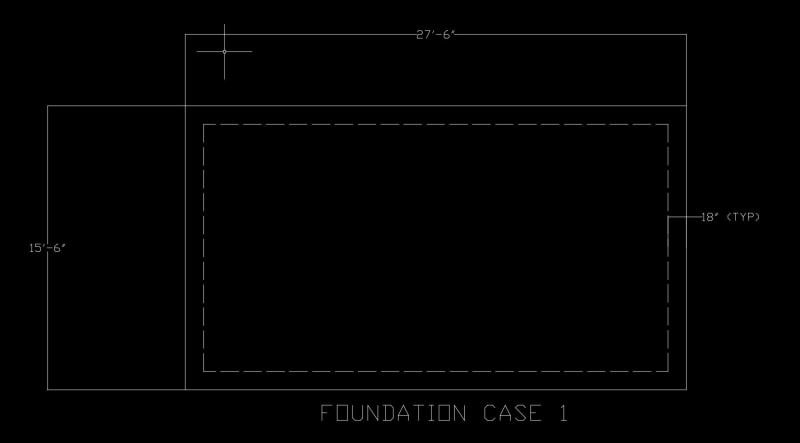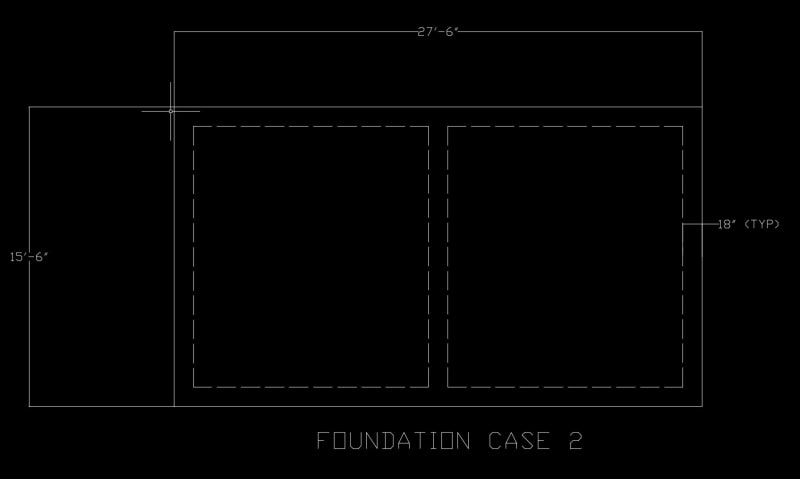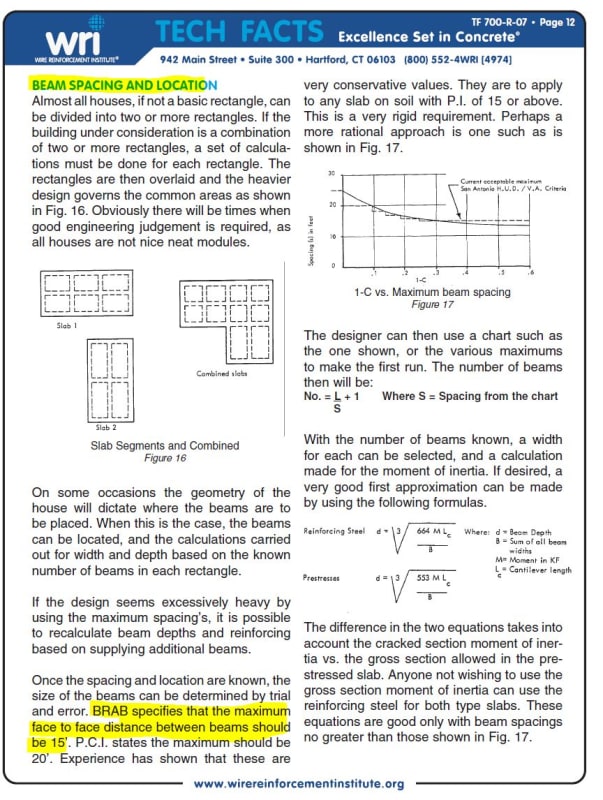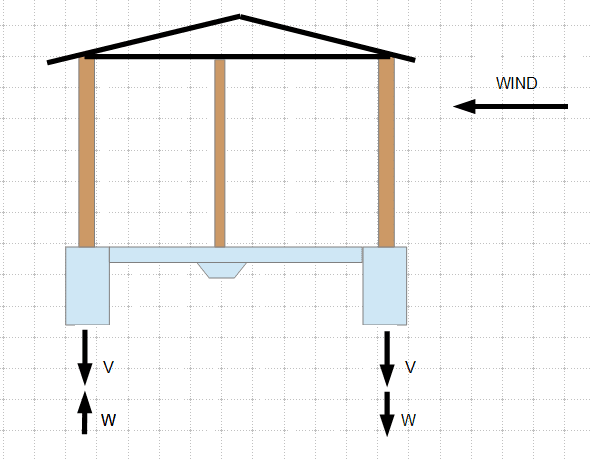oengineer
Structural
- Apr 25, 2011
- 731
I am working on designing a foundation for a single story building. The building is made of CMU load bearing walls. My goal is to use a Slab-on-Ground Foundation system OR a Slab with Haunch Foundation System.
For a Slab with Haunch Foundation System, I am able to calculate the size of the Haunch based on the Dead, Live, & Wind Loads acting on the building.
For the Slab-On-Ground Foundation system, (using the Wire Reinforcement Institute - Design of Slab-On-Ground Foundation _Design Guide) I do not see how to consider the effects of wind acting on the building being transferred to the foundation. Is there something that I am not seeing in the Design Guide? Should wind loads not be considered for Slab-On-Ground Foundation systems?
Should wind loads not be considered for a Slab with Haunch Foundation System supporting a Single Story CMU wall building? The wind load is effecting the overturning & width of the haunch.
Suggestions/comments are appreciated.
For a Slab with Haunch Foundation System, I am able to calculate the size of the Haunch based on the Dead, Live, & Wind Loads acting on the building.
For the Slab-On-Ground Foundation system, (using the Wire Reinforcement Institute - Design of Slab-On-Ground Foundation _Design Guide) I do not see how to consider the effects of wind acting on the building being transferred to the foundation. Is there something that I am not seeing in the Design Guide? Should wind loads not be considered for Slab-On-Ground Foundation systems?
Should wind loads not be considered for a Slab with Haunch Foundation System supporting a Single Story CMU wall building? The wind load is effecting the overturning & width of the haunch.
Suggestions/comments are appreciated.

